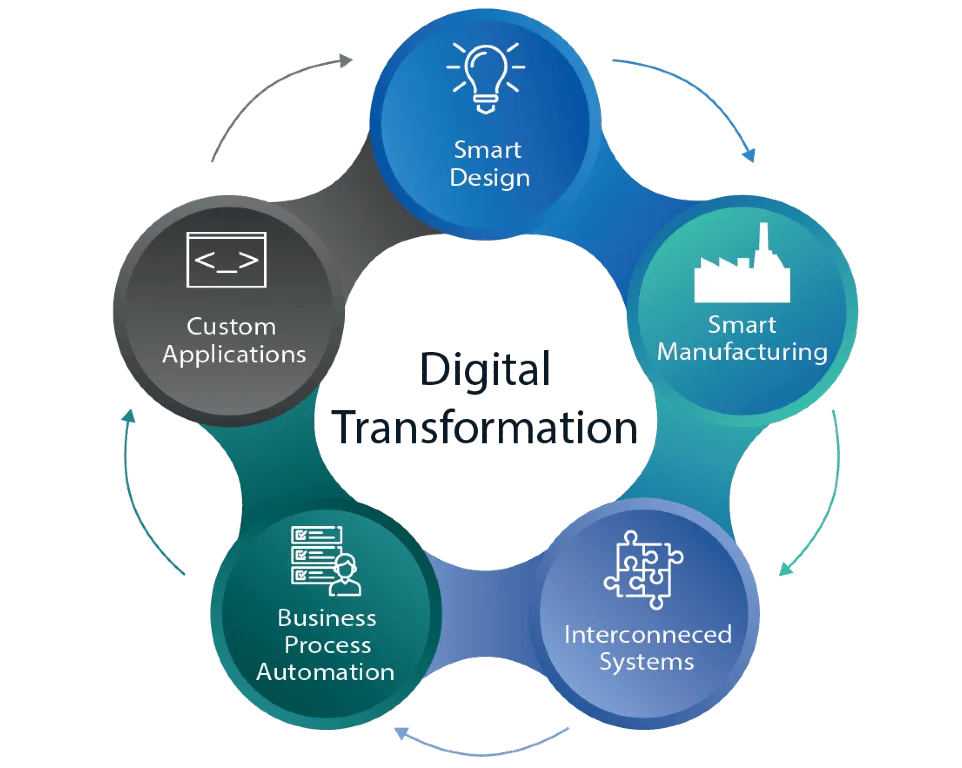Introduction: The Digital Shift in How Businesses Serve Customers
Technology transforming business services has changed the way businesses operate and how they serve their clients. With mobile apps and cloud-based tools, companies can now deliver services faster, more efficiently, and with greater convenience than ever before.
Gone are the days when customers had to visit offices, make endless phone calls, or wait in long lines to get things done. Today, with just a smartphone or a laptop, people can pay bills, book appointments, and get instant support—anytime, anywhere.

In this article, we’ll explore real-world examples of how digital platforms are helping businesses and customers stay connected, boost productivity, and grow revenue.
The Journey: From Traditional to Digital
In the past, getting help—whether it was booking a home repair, scheduling a doctor’s visit, or paying utility bills—meant taking time out of your day to visit offices or make lengthy phone calls. This process was often slow, inconvenient, and limited by office hours.
Today, mobile apps and online platforms have completely changed this experience. Customers can get what they need instantly, while businesses save time and resources.
Example 1: TMG App – A Multipurpose Community Platform in Egypt
In Egypt’s Rehab City, the Talaat Moustafa Group (TMG) has launched a powerful all-in-one community app for residents.
With the TMG App, residents can:
- Book home maintenance services
- Pay bills and community fees
- Receive important community announcements
- Access emergency assistance
- Report maintenance issues instantly
This centralized platform has improved communication, streamlined operations, and increased satisfaction for both residents and management.
Example 2: Calendly – Appointment Booking Made Simple
Calendly is a global favorite for service-based businesses. By adding a Calendly link to a website or email, businesses allow clients to choose meeting times that work for them—without back-and-forth emails.
Calendly integrates seamlessly with Google Calendar, Zoom, and Stripe, enabling businesses to schedule, host, and even process payments in one place.
Example 3: Fresha – The Go-To Platform for Spas & Salons
Fresha is trusted by over 80,000 businesses worldwide, especially in the spa, salon, and wellness sectors.
Its key features include:
- Automatic appointment reminders to reduce no-shows
- Smooth payment processing
- Customer visit history and preferences tracking
This makes it easier for businesses to provide personalized service while keeping operations organized.
Example 4: ServiceM8 – Smart Solutions for Field Services
For electricians, plumbers, and other tradespeople, ServiceM8 is a game-changer.
With this app, service providers can:
- Assign jobs to team members
- Take and store job-site photos
- Create and send invoices directly from the field
This reduces paperwork, speeds up payments, and keeps both the office and field teams in sync.
How Businesses Benefit from Digital Platforms
The impact of technology on service businesses is clear:
- Time savings for both customers and staff
- Automated bookings, reminders, and payments
- Data insights to better understand customer behavior
- Higher customer satisfaction leading to repeat business
- Increased revenue with lower operational costs
Conclusion: Smart Tech = Smarter Business
From community-focused apps like TMG in Egypt to global service tools like Calendly, Fresha, and ServiceM8, technology is helping businesses of all sizes work smarter, not harder.
By adopting digital platforms, companies can stay connected with their customers, streamline their operations, and create long-term trust. The result? Happier customers, more efficient teams, and sustainable growth for the future.






